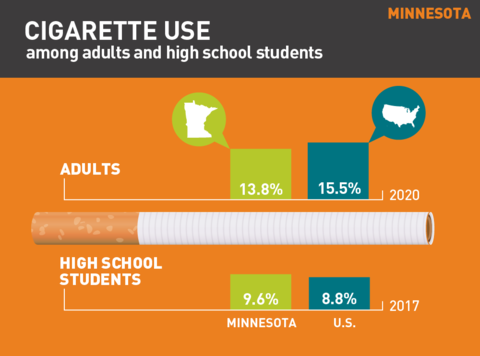Smoking cigarettes and using other tobacco products is a common habit that many people pick up. Using tobacco can also lead to addiction, which sometimes requires professional assistance in helping individuals on their goal to quitting tobacco use. Like many unhealthy choices that lead to addiction tobacco use can too have serious health consequences ranging from heart disease to cancer.
Preventing tobacco use in our communities is quite major in promoting better health outcomes and reduced risks of several tobacco related health complications. There are a few ways that we can help our communities in tobacco prevention. First, promoting awareness through campaigns and educational prevention programs could greatly be of benefit in our communities. Also, providing cessation resources for smoking and tobacco use, such as nicotine replacement and counseling services, can assist those who want to quit smoking. By getting involved with policymakers, community leaders, and health care providers, we can support tobacco prevention initiatives that can have a significant impact in reducing tobacco use in our communities.

In 2020 13.8% of adults were smokers, and nationally the rate was 15.5%. In 2017 9.6% of high school students in the state of Minnesota smoked cigarettes on at least one day in the past 30 days. Nationally the rate was 8.8% in the U.S. Other forms of tobacco use have been reported as well such as, e-cigarettes and smokeless tobacco, electronic vapors, chewing tobacco, snuff, dip, cigarillos and cigars. With more education, stricter tobacco laws and campaigns to raise awareness on tobacco prevention, we can educate individuals on the many health consequences of tobacco.




